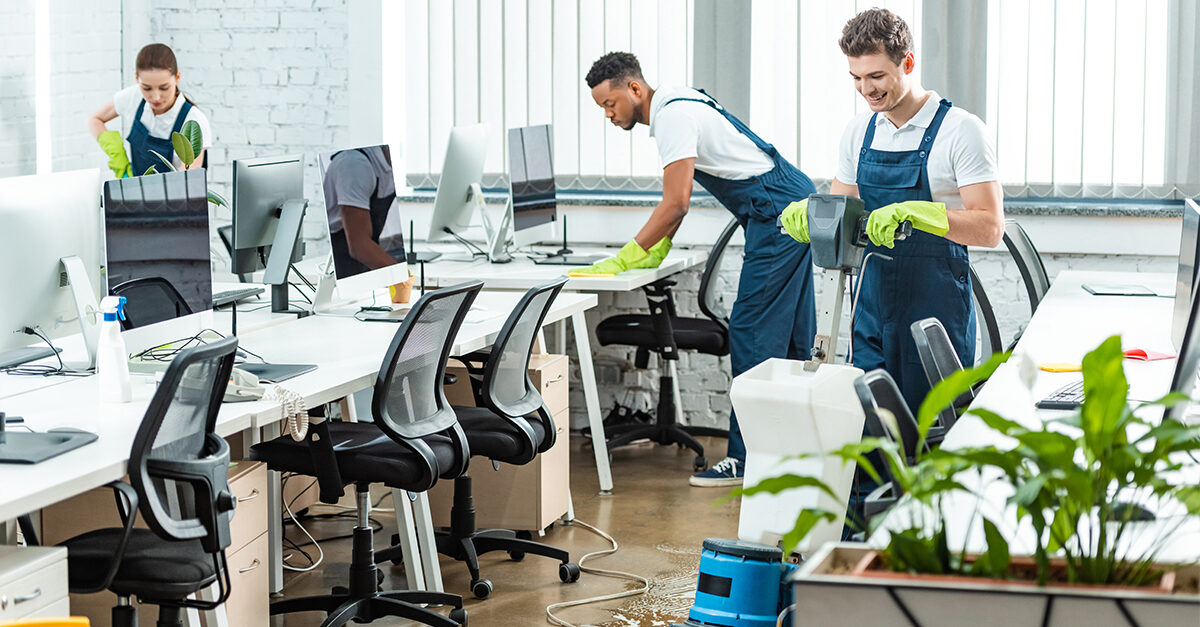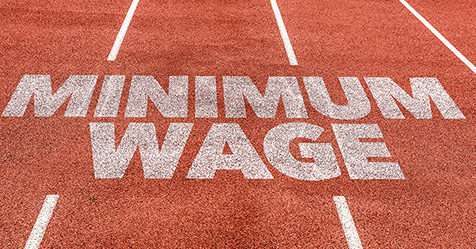The cleaning protocols facilities developed in response to the COVID-19 pandemic will still be relevant long after the health crisis has passed. High-performing facilities must retain these protocols and remember the following three critical lessons to maintain not only a healthy building, but also a healthy bottom line.
Lesson 1: Frontline workers are essential
Cleaning workers are now deemed essential, which makes their training even more important. COVID-19 has taught us that education must go beyond cleaning procedures and mandated training from the U.S. Department of Labor’s Occupational Health and Safety Administration (OSHA). Proper training includes the basics of infection control and prevention, so workers know how to clean for health and protect themselves. Training should also include the science of cleaning, so workers can make informed decisions on cleaning products and processes, quality control procedures, ergonomics, and more. Building owners must continue to require that the frontline workers in their facilities are properly trained.
Lesson 2: Effective cleaning is thorough cleaning
Perhaps the most important lesson highlighted during the pandemic is that cleaning is a critical tool for protecting health, but only when it is done effectively and thoroughly. The cleaning industry offers a wide variety of innovative methods and products that not only are effective, but also benefit human health and the environment. However, these benefits are only realized when frontline workers have the time to clean thoroughly.
Lesson 3: Healthy buildings come at a cost
Many buildings responded to COVID-19 by simply increasing the frequency of cleaning. After the pandemic, facility managers may be able to reduce frequencies from COVID-19 levels (assuming they were increased). But to clean for human health, cleaning more thoroughly than pre-COVID-19 standards is necessary. To accomplish this, buildings should budget up to 50% more in cleaning costs compared to pre-pandemic costs as frontline workers will need to reduce their “production rate,” which is the square footage a worker is expected to clean in an 8-hour day.
Before March 2020, frontline workers were required to clean 25,000 to 40,000 square feet of building space in an 8-hour day. To put this in perspective, the size of an average American home is 2,300 square feet. Thus, a frontline worker was cleaning more than an entire home each hour, so it is no wonder they had difficulty cleaning thoroughly.
These observations should not be taken as criticism of the cleaning industry because it is performing a valuable service and buildings are certainly getting their money’s worth of service. But if building owners want healthy, high-performing facilities, they will need to demand thorough cleaning based on sound science and public health measures—and in many cases will have to pay more for it.
In the end, our industry is truly saving lives. As we continue to focus on cleaning for health, the cleaning industry can avoid the race to the bottom—in which only the lowest cost matters—and instead focus on cleaning thoroughly, training our workers, and ultimately getting paid for the value we create.




